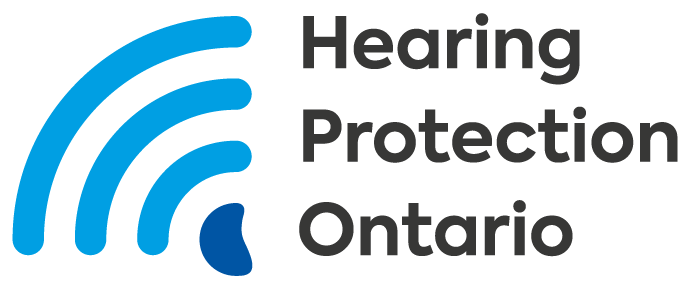Workplace Hearing Protection Program
The Hearing Protection Program aims to consistently safeguard employees from workplace noise exposure. This program outlines strategies for identifying high-noise areas and implementing appropriate hearing protection for all employees at risk of occupational noise-induced hearing loss.
Additionally, we recommend that all employees undergo annual audiometric testing to monitor their hearing health. Should you need any assistance in this area,
Hearing Protection Ontario is here to help.
This program prioritizes addressing noise hazards within the workplace. The Hearing Protection Program encompasses necessary procedures, communication, and training to manage these hazards effectively. The program aims to identify and assess risks related to noise exposure and implement appropriate controls.
Contact Us
Therefore, the core activities of the Hearing Protection Program include:
• Identify and assess the risk associated with new noise sources, existing noise sources and noise associated with occupational tasks.
• Specify the purchasing standards for hearing protective equipment, ensure employees using hearing protection are trained in its proper use and ensure that appropriate levels of hearing protection are available when required.
• Communicate and train employees on the Hearing Protection Program and associated procedures.
• Maintain appropriate off-site records in support of the program.
An employee is considered at risk of noise exposure if they may develop occupational noise-induced hearing loss. Regular exposure to sound levels exceeding a time-weighted average of 85 dBA or an equivalent noise exposure (using a 3 dB exchange rate), as outlined in Table 1, is linked to noise-induced hearing loss.
It’s important to note that some individuals may be more sensitive to noise and could face hearing loss even when regularly exposed to levels below 85 dBA.
To protect employees, Hearing Protection Ontario advises that anyone entering areas with noise levels of 80 dBA or above should use hearing protection and follow posted signs. Employees in these environments should be informed and provided with the appropriate hearing protection.
NOISE LEVELS
An area or location is considered a noise hazard if sound levels are regularly at, or above, 85 dBA.
Equivalent Noise Exposures | Maximum Permissible Exposure Durations for Noise without Hearing Protection (Continuous or Intermittent Noise) * (dBA) |
| 8 | 85 |
| 4 | 88 |
| 2 | 91 |
| 1 | 94 |
| .5 | 97 |
| .25 | 100 |
| none | 103 |
Responsibilities
‘Directors and Employer’ are responsible for ensuring that all components of the Noise Control and Hearing Protection Program are implemented and enforced in noise hazard areas under their jurisdiction.
Supervisors, in conjunction with Occupational Health and Safety (OHS) are responsible for:
- Identifying noise hazard areas and workers who may be noise-exposed;
- Maintaining an up-to-date list of noise hazard areas/operations and noise-exposed workers;
- Ensuring that all noise-exposed employees participate in the HPP training program;
- Taking appropriate steps to minimize the risk of noise-induced hearing loss, including, but not limited to, implementation of noise control measures where feasible and the provision of appropriate hearing protection devices;
- Ensuring that all new employees who may be exposed to hazardous noise levels undergo periodic audiometric testing and
- Ensuring that any noise-exposed employees who have terminated employment with the Institution undergo audiometric testing at Workplace Health before departure.
Supervisors
Supervisors must have an up-to-date listing of the noise hazard areas/operations and noise-exposed employees. If hearing protection is necessary, the Supervisor must enforce its use and be prepared to take appropriate disciplinary action if an employee does not comply with this requirement.
Enforcing the proper use of hearing protection should be viewed in the same manner as enforcing other types of personal protective equipment (safety glasses, hard hats, safety shoes/boots, etc.) and mandated as corporate policy.
Employees
Employees exposed to hazardous noise levels are responsible for:
• Attending Hearing Conservation Training as require
• Using and caring for hearing protective devices where these devices are required
• Proper storage of the hearing protection device.
HELPFUL LINKS
Preventing Hearing Damage| The Importance of Ear Protection in the Workplace






